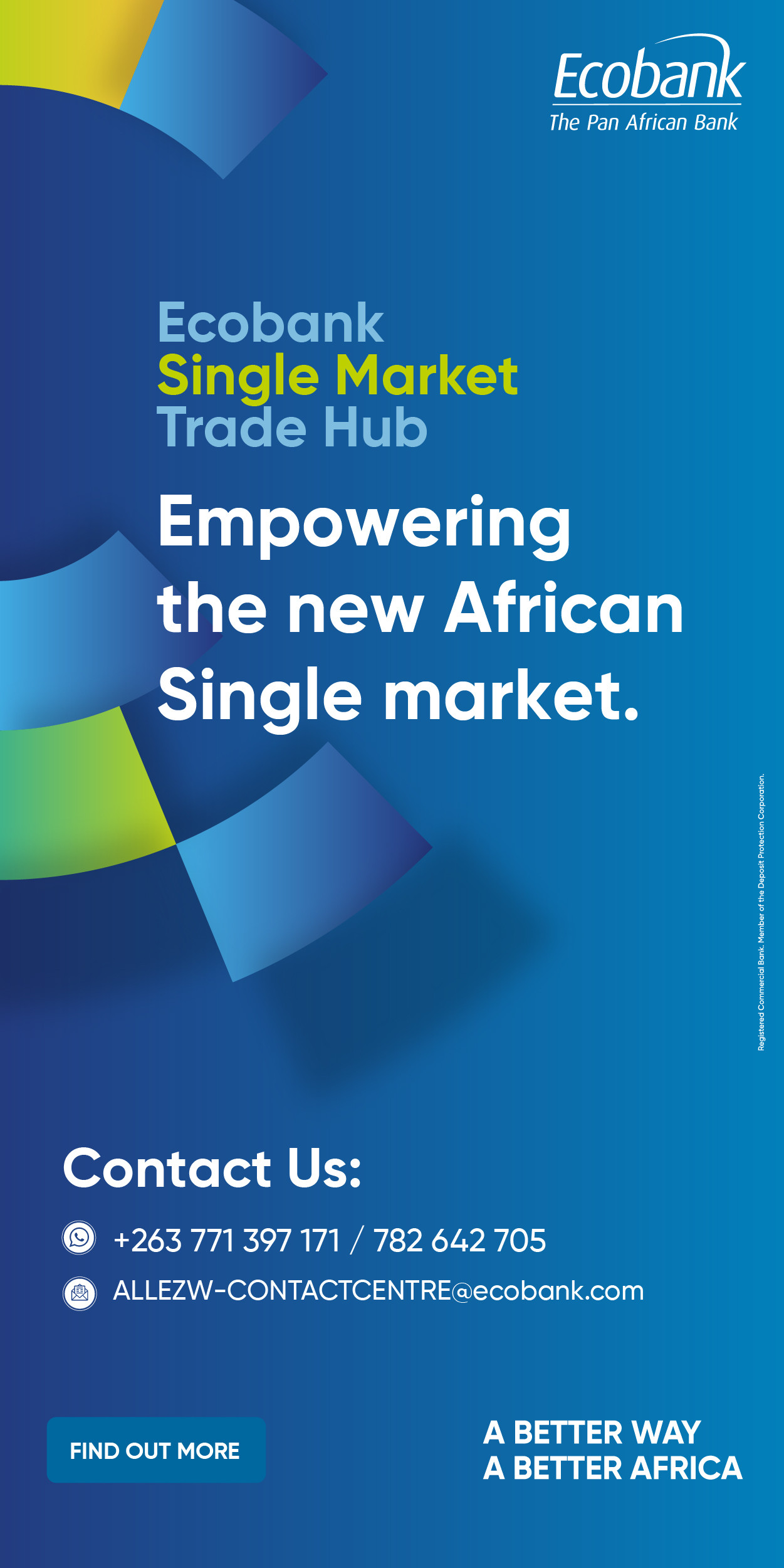- Africa’s solar imports reach a record 15,000 MW, but Zimbabwe lags behind due to policy gaps, high costs, and economic instability
- China’s subsidised solar panels are fuelling a renewable energy boom across Africa, yet Zimbabwe struggles with bureaucracy, weak investor confidence, and an unreliable grid
- Zimbabwe’s contribution remains negligible, with corporate-led projects filling the gap left by weak national grid planning
Harare - Africa’s solar energy landscape underwent a dramatic transformation, with solar imports from China soaring by 60% to a record-breaking 15,032 megawatts (MW) across 20 nations in the 12 months ended June 2025 according to China’s Solar PV ExportEplorer.
China, holding an 80% grip on global solar panel manufacturing, has fuelled this boom with affordable, subsidized panels, enabling energy-starved African countries to pivot from fossil fuels to renewables.
Algeria’s imports skyrocketed 33-fold to 1,199 MW, Nigeria secured 1,721 MW to rank second, and Botswana saw a sevenfold surge, while 25 African nations each imported at least 100 MW, up from just 15 the previous year.
This influx, driven by China’s economies of scale and low-cost technology, is reshaping energy security for nations battling chronic power shortages.
However , Zimbabwe remains conspicuously absent from the top 20 solar importers, constrained by economic woes, policy hiccups, and a focus on corporate self-reliance over national grid expansion.
Zimbabwe’s solar potential is undeniable, with an average solar irradiation of 20 megajoules per square meter per day and over 3,000 hours of sunshine annually.
These conditions position the country as a natural leader in solar energy adoption. However, its national grid tells a starkly different story.
In the first quarter of 2025, Zimbabwe generated 2,418 gigawatt hours (GWh) of electricity, a 6.1% increase from the previous quarter, according to the Zimbabwe National Statistics Agency (Zim Stat).
Hwange Thermal Power Station contributed 69.2% of this output (1,674.5 GWh), Kariba South Hydro provided 24.3%, and independent power producers (IPPs), including solar, accounted for the remaining 6.5%.
Despite this uptick, national power supply averages from a low of 1300 MW to a high of 1600 MW daily against a peak demand of approximately 2,200 MW, leaving a deficit of over 500 MW.
This shortfall, compounded by an aging grid with transmission losses exceeding 18%, results in load shedding , crippling businesses and households alike.
The Zimbabwe National Chamber of Commerce estimates that enterprises lose up to 40% of productivity due to these outages, highlighting the urgency for alternative energy solutions yet still solar imports pale in comparison to its neighbours.
While Zambia and Botswana have capitalized on China’s affordable panels, Zimbabwe’s imports remain modest, with only a fraction of the 15,032 MW flooding the continent reaching its shores.
What is Causing This Lag
The country’s economic instability, marked by a volatile Zimbabwe gold (ZiG) and acute foreign currency shortages, creates significant barriers for investors.
Even with duty-free imports for solar equipment in place since 2019, the 15% Value Added Tax (VAT) on components like batteries inflates costs, making solar systems unaffordable for many.
The market has been plagued by substandard or counterfeit solar products, often mislabelled with exaggerated specifications, leading to system failures and eroded consumer trust.
Although the government has set an ambitious target of 2100 MW of solar capacity by 2030 under its National Renewable Energy Policy, delays in implementing quality standards and bureaucratic hurdles in approving IPP projects undermine progress.
The lack of a robust ecosystem for large-scale IPPs, capable of feeding the national grid, contrasts sharply with countries like Algeria and Nigeria, which have leveraged Chinese imports to bolster energy security.
Instead of grid-connected mega-projects, Zimbabwe’s solar landscape is dominated by companies pursuing self-sufficiency to counter the unreliable grid.
Zimplats, the country’s largest platinum miner, has taken a leading role with its 35 MW solar plant near Selous, the first phase of a planned 185 MW project to power its operations.
Other companies have followed suit. Caledonia Mining’s Blanket Mine in Gwanda operates a 12.2 MW solar plant, feeding power directly into its operations, Centragrid’s 25 MW solar farm in Nyabira, comprising approximately 70,000 solar modules, is one of the few grid-connected projects, while Solgas Energy’s plant at Cross Mabale in Matabeleland North adds to the growing tally of corporate-led initiatives.
Smaller IPPs, such as Indo Africa Solar’s 10 MW plant in Mutorashanga, Energywise Vungu Solar’s 30 MW project, and De Green Rhino Solar’s 50 MW facility, contribute to the 116 MW of licensed solar capacity currently operational or under development. Retailers like Pick n Pay and agricultural firms like Tanganda Tea Company have also installed rooftop solar systems to mitigate outages, reflecting a broader trend of businesses prioritizing self-generation over reliance on the Zimbabwe Power Company (ZPC).
Equity Axis News





